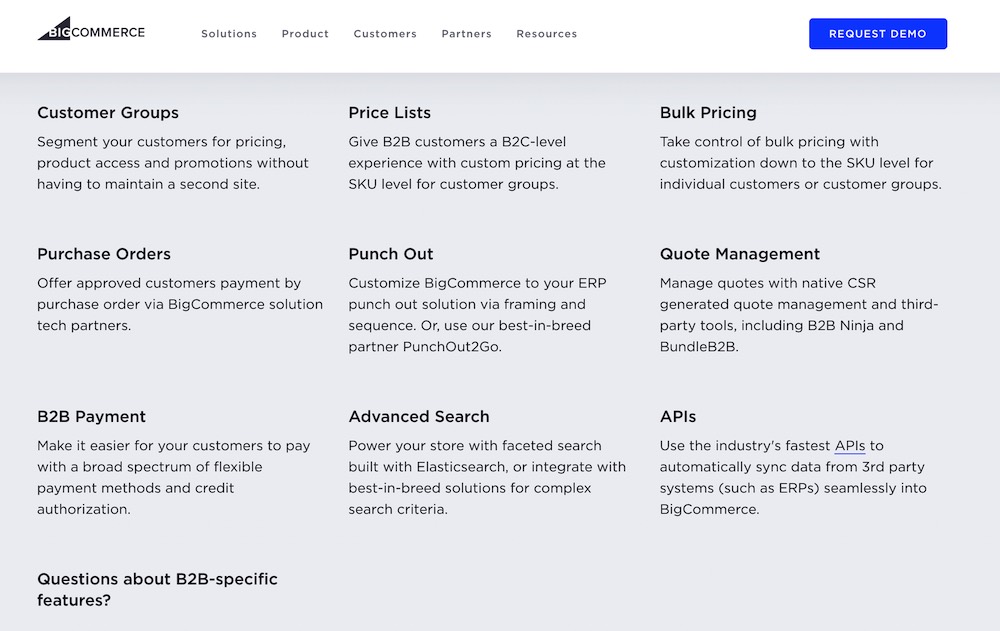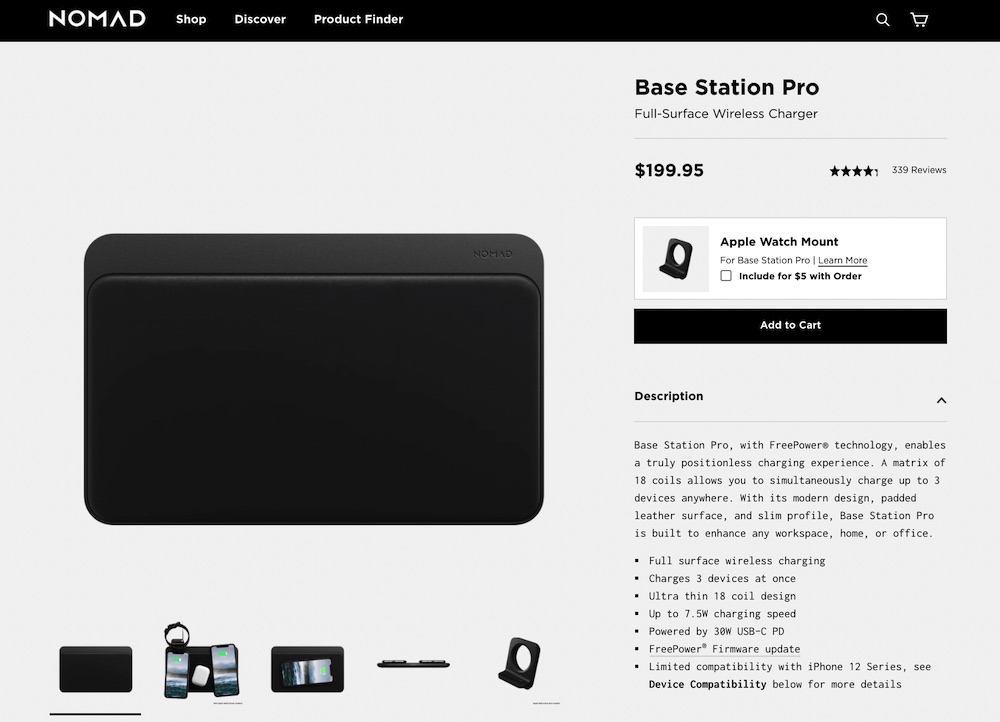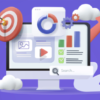Free
Discover the Power of Product Features: What, Why, and How!
Learn about the impact of highlighting product features and how it can drive sales and captivate customers. Every product has its own unique qualities. Even similar products have something that sets them apart. These differences are known as product features, and they make all the difference when it comes to standing out in the market.
So, what exactly are product features?
They are the characteristics and capabilities that make your product special. From its functionality to its design and even its appearance, every aspect contributes to its uniqueness. Product features give customers a glimpse of what they can expect when they make a purchase.
For example, the battery life of a laptop or the fabric of a chiffon dress are considered product features. Even compatibility with other devices or a stylish rose gold frame can be seen as features. Anything that defines the look, function, and uniqueness of your product is a feature.
In most cases, great product features can be categorized into three groups:

1. Physical Features: This includes the material, color, design, and any state-of-the-art components that make your product stand out.
2. Functional Features: These are the capabilities and functions of your product, how it works, and what it can do.
3. Added Value Features: These are the special services, extras, or innovative production processes that set your product apart from others in the market.
Take the Nomad wireless charger as an example. It boasts physical features like its ultra-thin 18 coil design, functional features such as its ability to charge three devices at once, and added value features like the FreePower firmware update.
While product features are essential, it’s important to remember that benefits are even more crucial. Features highlight the tangible aspects of your product, whereas benefits show customers how your product can solve their problems and enhance their lives or businesses.
Research shows that many failed startups didn’t address a valid customer problem, leading to their downfall. That’s why focusing on benefits is critical.
Benefits are the outcomes or results customers experience when they use your product. For instance, the long battery life of a laptop means users can work remotely without worrying about carrying a charger. These are the benefits that truly matter.
Let’s revisit the wireless charger example to understand the difference between features and benefits:
Feature:
– Full surface wireless charging
– Charges three devices at once
– Ultra-thin coil design
– Up to 7.5W charging speed
Benefit:
– No more hassle with wires, easy to use
– Fast and convenient charging for multiple devices
– Lightweight and portable, perfect for on-the-go
– Quick charging to keep you going
Now, let’s see how email marketing platform Mailchimp highlights the benefits of its features on their website to help customers overcome their biggest pain points.
With clear and concise descriptions of how your product’s features can benefit customers, you can effectively communicate the value your product brings. Remember, showcasing both features and benefits is the key to successfully capturing your audience’s attention and making a lasting impression.
Discover the Best Way to Present Your Product Features and Boost Conversions
When it comes to showcasing your product features, there’s no one-size-fits-all approach. The way you present your features will depend on your specific product and industry. For instance, online consumer products often use quick bullet points, while software companies and B2B brands focus on presenting features as solutions.
So, how can you effectively represent your product features? Here are some key considerations:
1. Think about what your customers need to know. Fashion brands should highlight materials and size, while software companies must explain features in terms of benefits and solutions.
2. Decide on the best way to display your features. Will you go for a classic bulleted list or dedicate a whole page to columns of features?
3. Scale your product features efficiently. Save time and avoid repetition by using tools like Jasper to populate your product descriptions, reviews, and features effortlessly.
4. Prioritize and group features. Highlight the most important features and group similar ones to cater to specific customer needs.
5. Show why your features matter. It’s not enough to have flashy features – you need to explain why they are valuable to your customers to increase sales.
When creating your product features, it’s important to step into your customers’ shoes. Sometimes, the features you are most proud of may not align with their needs. So, gather customer feedback and understand their pain points to build features that genuinely meet their requirements.
Don’t forget to test your features too. Just because customers say they want something doesn’t mean they will actually use it. Regularly gather feedback, track feature usage, and adapt your solutions to match evolving consumer needs.
By following these steps, you’ll be able to effectively represent your product features, attract customers, and ultimately drive conversions. Don’t miss out on the opportunity to showcase what makes your product unique and valuable.
Unlock the Power of Product Features: Why They’re Essential for Your Roadmap
Your product roadmap tells the story of your product strategy. It outlines what your product aims to achieve, how it will do so, and the key features that will drive its success. It’s the roadmap that guides your team and communicates the purpose and value of your product to stakeholders.
That’s why product features are the backbone of your roadmap. They are crucial for product managers to demonstrate the need for specific features to stakeholders. Without their approval, you can’t move forward with your strategic plan or bring your product to market, putting your startup at risk of failure.
Product features find their place in the tactical components of your roadmap. They define the attributes and elements of your product, as well as the actions required to build it. By incorporating product features into your roadmap, you show stakeholders and developers that you understand customer needs and are focused on delivering a great user experience.
Prioritizing Your Product Features: Putting Customers First
It’s tempting to come up with flashy and unique product features to make your product stand out. However, it’s essential to consider what your target market truly wants and why. This will help you prioritize the most valuable features and effectively promote them to potential customers.
For example, DocuSign prioritizes their product features based on the biggest benefits they offer to customers. On the other hand, Brooklinen organizes their features by customer preferences, such as the type of fill and the product’s country of origin.
How to Prioritize Product Features:
1. Identify your customers’ wants and needs.
2. Determine how features add value for customers.
3. Align features with your product goals and roadmap.
4. Rank features based on important metrics for your business.

Supercharge Your Product Features with Jasper
Jasper, the leading AI writing assistant, makes it effortless to create compelling product feature lists. Inspired by the style commonly seen on Amazon, Jasper generates key feature and benefit bullet points. With Jasper, you can easily enter information about your products and receive multiple versions of feature lists. Favorite the ones you love and revisit them whenever you need, streamlining the process of creating irresistible product features.
Ready to take your product features to the next level and attract more customers? Start a free trial of Jasper today.






























